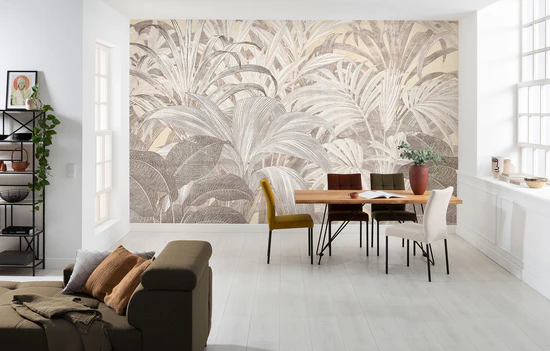Architectural lighting plays a vital role in shaping the atmosphere and enhancing the aesthetic appeal of both interior and exterior spaces. Among the most effective lighting techniques are the use of spotlights, underlighting, and decorative sconces, which when thoughtfully applied, can transform ordinary structures into striking visual experiences. Spotlights are particularly powerful in drawing attention to key architectural features. These focused beams of light can highlight textures, accentuate materials such as stone or wood, and bring depth to surfaces that might otherwise fade into the background. For instance, spotlighting a textured brick wall or a carved column can reveal details that contribute to the overall ambiance of a space. By directing light with precision, designers can create contrast and drama, leading the viewer’s eye through the architectural narrative. Spotlights are also useful for outdoor settings, where they can emphasize structural elements like archways, pergolas, or entryways, lending a sense of grandeur and purpose to the design.

Underlighting is another subtle yet impactful technique that enhances architectural elements from below. This method is especially effective in creating a floating illusion for features such as staircases, kitchen islands, or built-in shelving. By installing lights beneath these structures, designers achieve a clean, modern look that feels both elegant and futuristic. In addition to its aesthetic value, underlighting can also serve practical purposes, providing guidance and safety in low-light conditions. When used along walkways, under countertops, or beneath bathroom vanities, it offers a soft glow that enhances functionality without overwhelming the space with brightness. Decorative sconces serve as both a source of illumination and a design statement. Positioned on walls, these fixtures can frame artwork, highlight architectural contours, or simply provide ambient lighting with an artistic flair. Their versatility lies in the range of styles available from sleek, modern designs to ornate, vintage-inspired forms. Sconces are particularly effective in creating layered lighting schemes that support a room’s mood and usability.
The strategic use of these boho lighting for living room techniques contributes to a cohesive and dynamic architectural composition. When spotlights are combined with underlighting and decorative sconces, the result is a balanced interplay of light and shadow that enhances the structure’s visual impact. Such integration requires careful planning, as the placement and intensity of each light source must be harmonized to avoid glare or uneven distribution. However, when executed correctly, the result is a space that feels thoughtfully designed and emotionally resonant. In essence, lighting is more than a practical necessity it is a design tool that can elevate architecture to an art form. Through the use of spotlights to dramatize, underlighting to subtly define, and decorative sconces to embellish, designers are able to breathe life into structures, transforming them into environments that engage and inspire. For example, in a hallway or corridor, they can cast warm, inviting light that complements overhead fixtures. In a living room or dining area, they can contribute to a cozy atmosphere while showcasing the designer’s aesthetic choices.